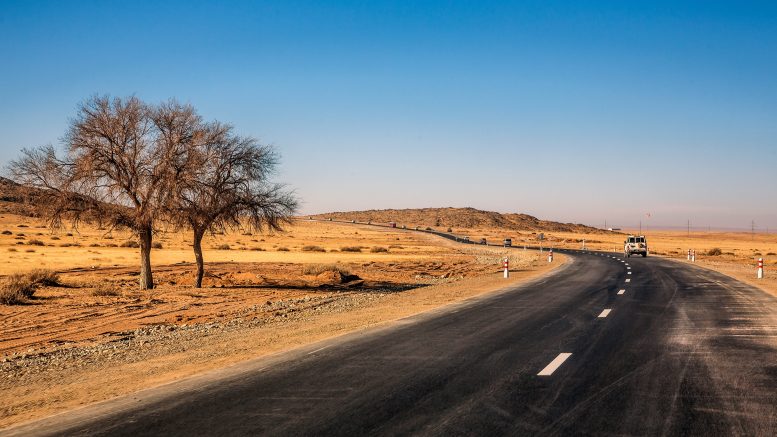Rio Tinto (ASX, LON, NYSE: RIO) CEO Jakob Stausholm met this week with Mongolia’s Prime Minister Luvsannamsrain Oyun-Erdene in the hope of ironing out issues threatening the future of the company’s vast Oyu Tolgoi copper mine.
The expansion of the project in the Gobi desert has been plagued by delays and costs overruns, which have angered the Mongolian government to the point of threatening to revoke the 2009 investment agreement that underpins the project.
Relations between Rio Tinto and the Central Asian nation hit a fresh low in August, when an independent review rejected the company’s explanation for the delays and cost overruns.
Mongolia’s position is that Rio Tinto should cover cost overruns while debts accrued on Ulaanbaatar’s share of the project (34%) should be fully removed, reports Mongolian news agency Montsame.
It is understood that L. Oyun-Erdene also wants Rio Tinto and Turquoise Hill Resources to revisit the economic benefits that the expansion will bring to the state’s coffers.
Sources familiar with the matter told the Northern Miner’s sister publication, MINING.COM, that both companies are prepared to make concessions to the Mongolian government in order to complete the troubled project. They include reducing interest rates on loans to the nation to fund its share of the construction costs.
Rio Tinto may also consider a restructuring of Oyu Tolgoi’s ownership structure, the sources said.
From 2020 to 2022 to 2023
A definitive estimate for the development of the new mine level, announced in December 2020, pegged the cost of Oyu Tolgoi’s underground section at US$6.75 billion, about US$1.4 billion higher than its original estimate in 2015.
First production, initially expected in late 2020, was rescheduled for October 2022, and Rio Tinto blamed unfavorable geological conditions as the main cause for the cost and timeline review. The independent report published in August suggested it was caused by the miner’s mismanagement.
Financial regulators in the U.K. and U.S. kicked off their own probes into Rio Tinto’s disclosures about the delays and swelling costs, which hit a new high two months later.
Shares in Canada’s Turquoise Hill Resources, in which Rio Tinto has a 50.8% stake, cratered on Oct. 14 after announcing that the expansion would require an additional US$1.2 billion. It also said that due to Covid-19 related issues, first commercial production would be no earlier than January 2023, around three months’ later than the previous target.
Oyu Tolgoi is Rio Tinto’s main copper growth project. Once completed, the mine’s underground section will lift production from 125,000–150,000 tonnes in 2019 to 560,000 tonnes at peak output, which is now expected by 2025 at the earliest.
By 2030, the operation would be the world’s fourth-largest copper mine, according to Rio Tinto.
The mine is the country’s biggest source of foreign direct investment, having created thousands of jobs and generated almost US$3 billion of taxes and fee revenue over the past decade.


Be the first to comment on "Rio Tinto CEO, Mongolian PM talk Oyu Tolgoi’s future"